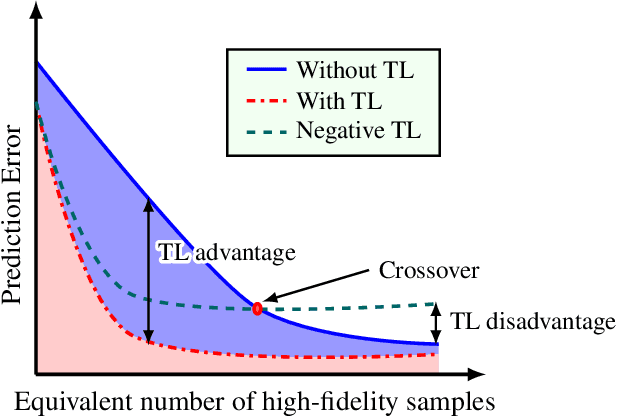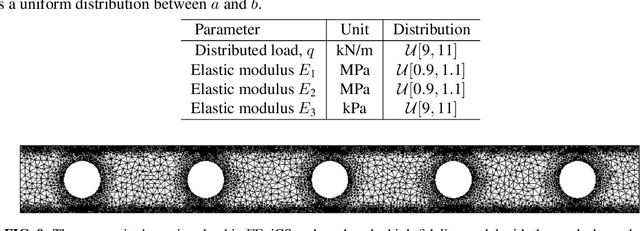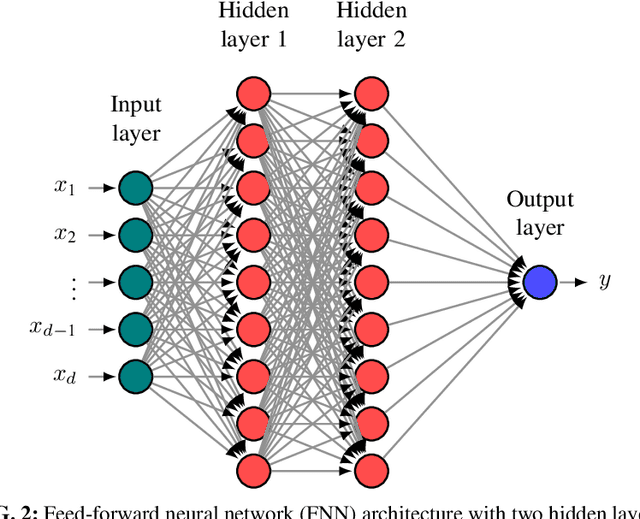On transfer learning of neural networks using bi-fidelity data for uncertainty propagation
Paper and Code
Feb 11, 2020



Due to their high degree of expressiveness, neural networks have recently been used as surrogate models for mapping inputs of an engineering system to outputs of interest. Once trained, neural networks are computationally inexpensive to evaluate and remove the need for repeated evaluations of computationally expensive models in uncertainty quantification applications. However, given the highly parameterized construction of neural networks, especially deep neural networks, accurate training often requires large amounts of simulation data that may not be available in the case of computationally expensive systems. In this paper, to alleviate this issue for uncertainty propagation, we explore the application of transfer learning techniques using training data generated from both high- and low-fidelity models. We explore two strategies for coupling these two datasets during the training procedure, namely, the standard transfer learning and the bi-fidelity weighted learning. In the former approach, a neural network model mapping the inputs to the outputs of interest is trained based on the low-fidelity data. The high-fidelity data is then used to adapt the parameters of the upper layer(s) of the low-fidelity network, or train a simpler neural network to map the output of the low-fidelity network to that of the high-fidelity model. In the latter approach, the entire low-fidelity network parameters are updated using data generated via a Gaussian process model trained with a small high-fidelity dataset. The parameter updates are performed via a variant of stochastic gradient descent with learning rates given by the Gaussian process model. Using three numerical examples, we illustrate the utility of these bi-fidelity transfer learning methods where we focus on accuracy improvement achieved by transfer learning over standard training approaches.
 Add to Chrome
Add to Chrome Add to Firefox
Add to Firefox Add to Edge
Add to Edge